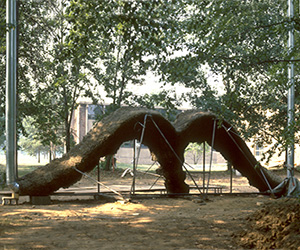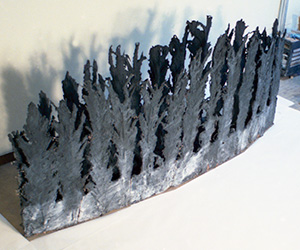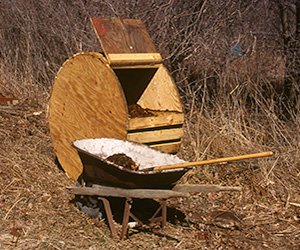Shear Zones: Displacements/Permutations Over 40+ Years of Ceramic Practice
Selected Projects/Thematic Investigations
Selected Work/Themes - Late 1960's to mid-2000's
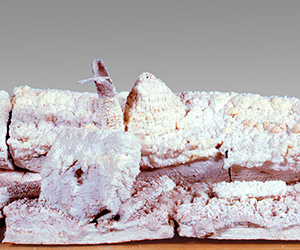
|
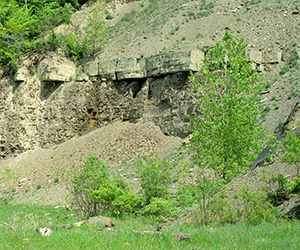 |
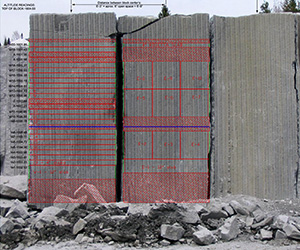 |
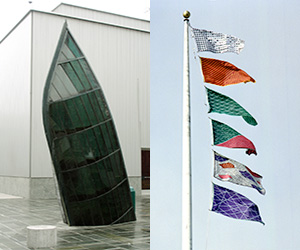 |
|||
|
Objects / Late 1960's - Recent 40+ years of narrative, concept and material experimentation |
Land Kilns Site fired kilns and proposals from 1979 to 1999. |
Encased Piece Late 1970's Material/Concept Exploration |
Ancient Sunlight / Metabolism Organic >> Inorganic >> Geochemical |
Devonian Shale/Aquifer I Devonian >> Anthropocene Hydrology |
Rapson Group / Site Index Cement/Glass/Copper/Brick :: Ordovician/Triassic/Permian/Cretaceous |
Deep Gradient / Protogaea
Civica I, II, III Expanded Ceramics Marine Deposition / Site Geo-flag System |
Selected Work/Themes - Mid-2000's to Present
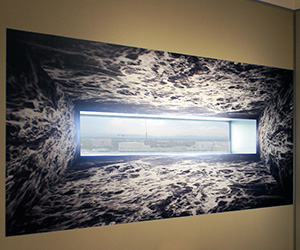 |
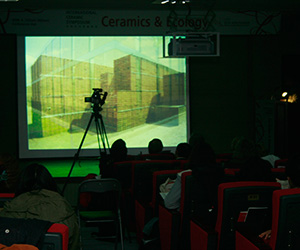 |
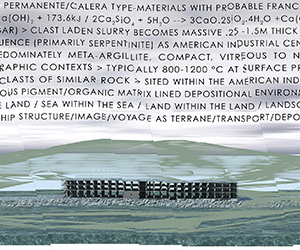 |
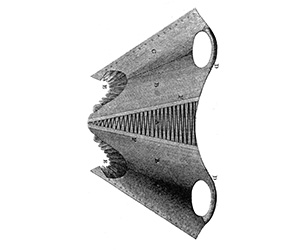 |
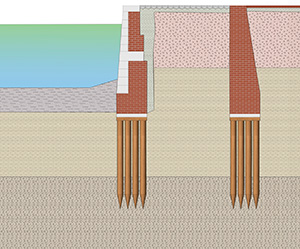 |
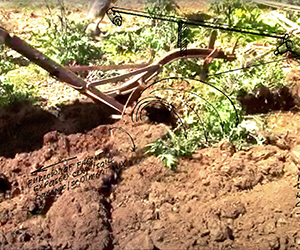 |
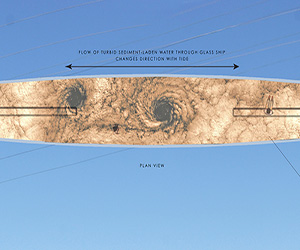 |
|---|---|---|---|---|---|---|
| Sea Within the Land / Laramide Subduction of the Fallaron Plate / Intercontinental Seaway Sedimentation / Laramide Orogeny |
Geologic Lens-Systemic Practice International Ceramic Symposium / Ceramics & Ecology / Icheon, Republic of Korea, 2009 |
SF Wharf Complex Expanded Ceramics Mid-Cretaceous Sea >> Anthropcene Formation |
Collaborative projects by Forrest and Roloff |
Venice Substructure Complex Aupian Plate Systems / Quaternary Extrapolations |
Expanded Ceramics / Agrarian Projects Puget Sound/Central Valley Sediments Tool Extension / Agrarian/Site Concepts |
Shear Zone II: Autochthonisms/ Allochthonisms Investigations 2017+: Western Cordillera / Land/Sea Studies / Sediment/shear Ship/terrane works |
Shear Zones: Displacements/Permutations over 40+ Years of Ceramic Practice / Ceramics within an Expanded/Geologic Framework Inspirational to much later work were studies in both geology and art at UC Davis in the late 1960's. In geology the exploration of ideas such as the recently discovered displacement mechanisms of sea-floor spreading in the form of transform faults in professor Eldridge Moore's Tectonics class resonate to this day. Artistic studies were inspired by the art work and classes with professor Bob Arneson in ceramics who fostered the open atmosphere of the ceramics department in the TB-9 building as well as the art work, courses and conceptual conversations with professor William T. Wiley, who also allowed me as an undergraduate to participate in his graduate seminars. They both emphasized concept and ideas over strict form or expression.
|
Through the selected work and themes presented here over the past 40 years, other analogies of an expanded/conceptual/environmental view of ceramics can be seen: the hydrologic dynamics of aquifers (Devonian Shale/Aquifer I), the tectonic rafting and obduction of micro-continents (Venice Substructure Complex), slow-moving distortions of deep igneous/metamorphic processes (Rapson Group/Site Index), terrestrial and submarine lava flows (Land Kilns), plate tectonics (SF Wharf Complex / Protogaea Civica I, II, III), as well as fluvial and aeolian depositional environments (Expanded Ceramics/Agrarian Projects and as series of Museum Displacement and Site/Vector/Plow works). Throughout these investigations, the ship as a metaphor for transport, change and exploration became a central image expressed as objects (Objects - Late 1960's-2020's / Encased Piece, Deep Gradient/Supspect Terrain and others) as well as installations (Land Kilns / Sea within the Land/Laramide). A public lecture, Paradise Reconsidered/Projects and Research, given at the University of California, Santa Barbara, 2007, included a series of terms that had been informing work since the early-1980's. were coalesced and presented as related concepts. The terms, Anthropocene, anthroturbation, depositional environment, paleo-climate, paleogeography and Synthetic Ecology were defined and further placed in relationship to the extent of work and projects. The core concept of what is now termed the 'Anthropocene' is referenced in many of the earliest works by considering geologic time as part of the understanding and genesis of work as in the Land Kilns and is represented in this section through a lecture done in Korea in 2009 (Geologic Lens-Systemic Practice). Subsequent talks at other institutions helped to articulate the Land/Sea concepts dating back to the 1960's, in part, as functions of: Sea within the Land. Land within the Sea, Sea within the Sea and Land within the Land. Examples of these lectures and writings: Sentient Terrains (Selected Projects), Expanded Landscapes, Anthropocene Projections and others can be found at Selected Lectures/Text.
|
